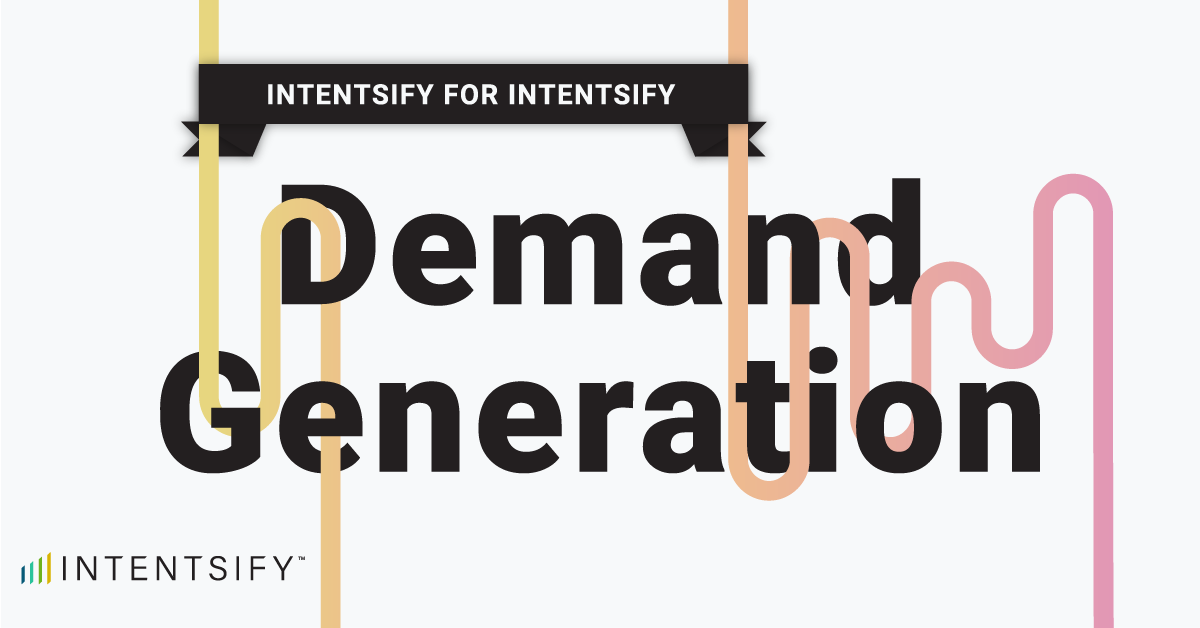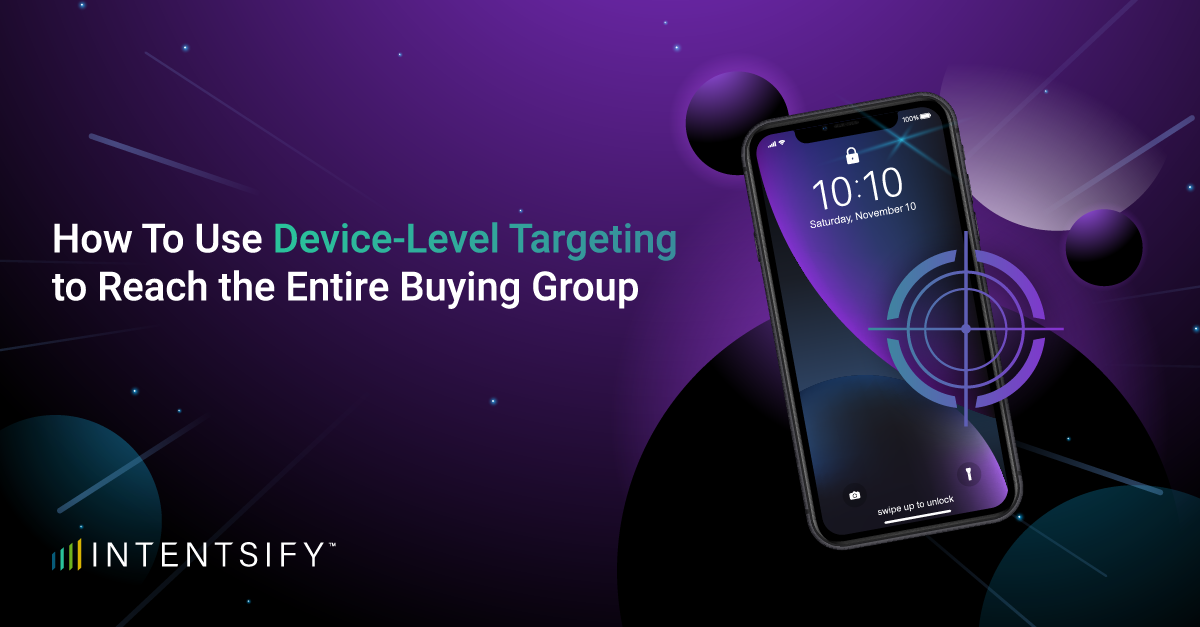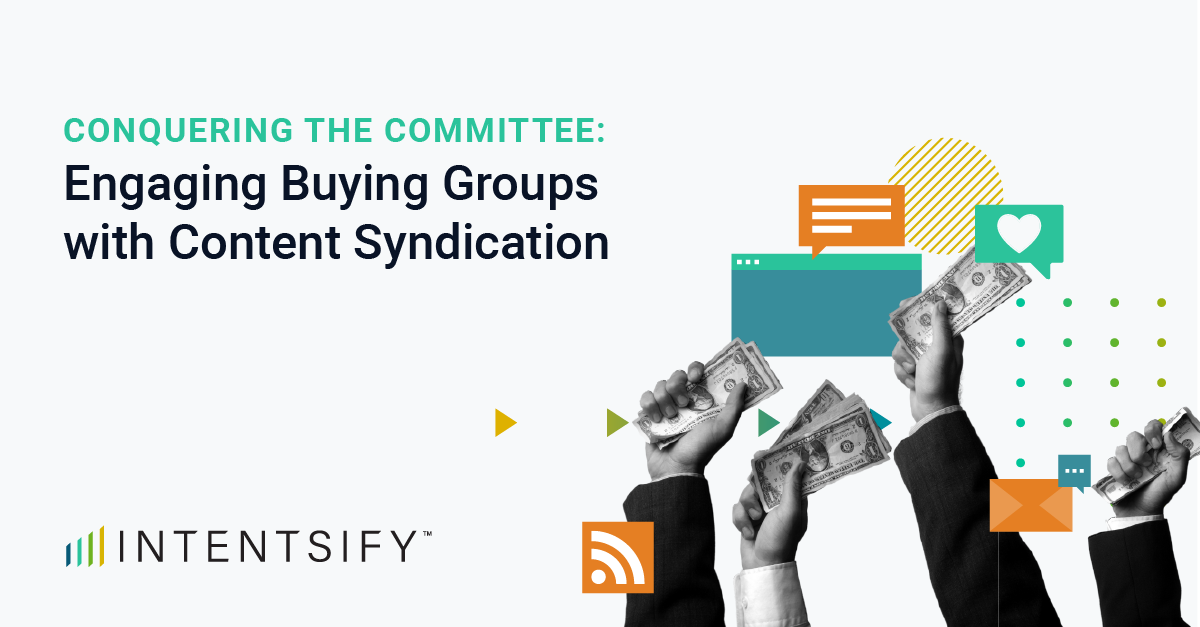Have you ever wanted to convince a hesitant business buyer to take the plunge on your product or service—only to find yourself repeating the same sales pitch or rattling off a list of features? If so, you’re not alone. Standing out and earning the trust of prospects bombarded by countless vendors and endless claims of revolutionary solutions is tricky. That’s where social proof comes in.
What is social proof? Social proof is essentially the evidence that other reputable companies—or influential voices—have trusted and benefited from a given product or service. When done right, it quiets doubts and accelerates decision-making. This article will explore exactly what social proof is, its significance in B2B sales, and how three proven methods—B2B marketing case studies, testimonials, and influencer marketing—can consistently help you close deals.
Fun Facts:
- Influencer marketing has grown to over $240 billion in 2024, per Influencer Marketing Hub.
- Over 90% of B2B marketers use content marketing like case studies, according to Demand Metric.
- The content marketing industry brought in over $410 billion in 2022, per Research Dive.
- A consumer reads 10 reviews (on average) before they trust that business, and the average number of reviews consumers expect to see is 112, according to Statista.
What Is Social Proof, and Why Does It Matter in B2B?
Picture your buyer—a busy executive or procurement manager—researching solutions to an operational problem. They come across 10 different vendors offering seemingly similar features, each claiming to be the best. It’s overwhelming.
But if one vendor consistently showcases real-life success stories, quotes from respected clients, and endorsements from well-known industry figures, that vendor becomes more trustworthy. Social proof transforms abstract claims into relatable examples of success, giving decision-makers the sense that if it worked for them, it will work for us.
Expert tip: “Companies want to witness a change that feels achievable for them, and not just to hear that an agency did a fantastic job. The stories that resonate most are the ones with concrete data, clear before and after results, and industry relevance, because proof of impact always outperforms generic praise.” ~Mariana Delgado, Head of Marketing at DesignRush.
Case Studies: In-Depth Proof of Success
Imagine you’re scouting a new software platform that promises to streamline logistics, reduce errors, and save money. At first glance, every vendor’s website says “we deliver great results.” But a well-crafted case study goes beyond that—it offers a narrative of a real client, explains the specific challenge, details how the vendor stepped in, and then backs everything up with tangible metrics. This story-based format helps prospective buyers see themselves in your customer’s shoes. The more similar the situation is to the reader’s, the more compelling it becomes.
Unlike a brief review or a star rating, case studies let you really dig in. You can demonstrate exactly how you tackled the client’s problem, step by step, and show measurable outcomes. This depth is invaluable in B2B because readers typically have to justify their choice to a wider team. A robust case study answers questions before they’re even asked.
Building an Effective Case Study
To create a powerful b2b marketing case study, follow a straightforward structure:
- Client Snapshot: Offer just enough background for the reader to identify parallels. For instance, “Midwest Distribution Co. is a mid-sized warehouse operator that struggled with inaccurate order fulfillments.”
- Core Challenge: Pinpoint what went wrong, why it was urgent, and what was at stake. If your prospective buyer shares this concern, they’ll keep reading.
- Solution Details: Outline your approach. Did you integrate a new data tool? Provide specialized training? The more concrete, the better.
- Results and Data: Use actual numbers. Instead of “We helped them become more efficient,” try “Fulfillment errors dropped by 37% in three months, translating to a monthly savings of $50,000.” Be specific.
- Testimonials or Quotes: Sprinkle in direct quotes from the client (“We saw a return on investment within just two months”) lends authenticity.
- Wrap-Up: Conclude with lessons learned or a quick look at the client’s future plans. Maybe they’re expanding the solution to other departments—another proof point that you’re worth investing in over the long term.
Where to Showcase Your Case Studies
Don’t bury these gems in the depths of your website. Highlight key wins on your homepage or on landing pages specific to an industry or product line. Give your sales team easy access to the full-length documents and bite-sized summaries they can share with leads who express particular pain points.
Expert tip: “Instead of asking for a ‘testimonial’, I highlight their wins and offer an effortless way to share their experience, whether through a quick call, bullet points they can approve, or even a brief interview. The easier it is, the more authentic and compelling the story becomes,” says Delgado.
Testimonials & Reviews: Short, Sweet, and Powerful
The Impact of a Few Strong Words
While case studies go in-depth, client testimonials and reviews provide quick, high-impact bursts of credibility. Picture a short but meaningful quote from a respected CFO that says, “Their solution helped us cut monthly costs by 20%—and their customer support is second to none.” That single line can do more to sway a prospect’s opinion than pages of self-promotional copy.
Why: B2B buyers know you’re biased toward your own product, so they look for evidence from an outside perspective. The trick is to keep testimonials concise and authentic.
Best Practices for Collecting Testimonials
- Strategic Timing: Customers often feel the most enthusiastic right after a big win or a smooth onboarding phase. That’s the perfect time to request a short quote.
- Guiding Prompts: Help your client create a focused testimonial by asking questions like, “What problem did our solution solve for you? Did you see a measurable ROI? Would you recommend us to your peers?”
- Full Attribution: Include the person’s name, title, company name, and a headshot if they’re comfortable. This level of detail boosts trust.
- Editing with Permission: Sometimes, a client’s testimonial might be too long or need slight clarifications. Ask if you can trim or tweak it before you publish.
Leveraging Testimonials Across Channels
Don’t limit testimonials to just one dedicated page. Sprinkle them throughout your website (especially near call-to-action buttons), feature them in sales emails, and even add them to your team’s email signatures as a subtle but consistent trust-builder. If you’re hosting a webinar or giving a live presentation, show a few testimonial slides to drive home your credibility.
Expert tip: “It depends on the type of business, but overall, I prefer testimonials. These are simple to manage and can be used in many places. Case studies can be effective for B2B companies or complex products. If you’re in the consumer space, influencer posts offer reach that the other types can’t.” ~Jordan Stevens, Digital Marketing Consultant at Jordan Stevens Digital Marketing.
Influencer Marketing: Adding an Expert’s Endorsement
Influencers in the B2B Space
When you hear “influencer,” your mind might jump to Instagram stars posting trendy outfits or celebrities endorsing luxury products. But influencer marketing can be incredibly impactful in B2B when approached correctly. In this world, an influencer might be a respected industry analyst, a well-known consultant, a popular LinkedIn voice, or a tech expert who’s highly regarded in your sector.
Their influence comes from niche authority rather than mass popularity: They speak at industry events, publish insightful content, and have a network of professionals who trust them. By teaming up with these individuals, your brand can gain exposure and credibility with an audience that’s already primed to believe in the influencer’s recommendations.
Types of B2B Influencer Partnerships
- Co-Created Content: Collaborate on blog posts, whitepapers, or webinars where the influencer offers insights that complement your product’s value proposition. The influencer organically weaves their endorsement into the content.
- Guest Features: Invite influencers to contribute quotes or sections in your eBooks or research articles. Their cameo lends authority to the piece—and they’ll likely share it with their own audience.
- Live Events or Panels: Panel discussions featuring a well-known voice can drive attendance and create memorable moments, both onsite and in any post-event recording you share.
- Podcasts and Video Interviews: Hosting the influencer for an interview about industry trends can subtly showcase your brand’s alignment with leading-edge thinking.
What Makes an Influencer Partnership Successful?
- Authenticity: If an influencer genuinely believes in your product (or at least respects your approach), their endorsement will sound real. Buyers can sense forced or purely transactional partnerships.
- Relevance: Large follower counts mean less if most of that audience isn’t in your target industry. Look for influencers who speak to exactly the kind of decision-makers you’re trying to reach.
- Win-Win Dynamic: The influencer gains fresh content or the chance to reach a new group, and you gain their credibility. Position your collaboration so both parties see true value.
- Clear Expectations: Outline your goals from the start—brand awareness, lead generation, or something else—so everyone’s on the same page.
Putting It All Together: Social Proof Strategy
Aligning with the Buyer’s Journey
Social proof can do its magic at every stage of the B2B funnel:
- Awareness Stage: Prospects who are just learning about potential solutions might respond best to influencer content or short, eye-catching testimonials that pique their curiosity.
- Consideration Stage: In-depth case studies help them compare vendors and decide who has the best track record for solving their specific problems.
- Decision Stage: A well-timed testimonial from a peer company or a reference call with a satisfied customer can tip the scales in your favor just before the deal closes.
Repurposing for Multi-Channel Impact
One of the biggest missed opportunities is creating a great case study or influencer interview but then letting it collect dust in a single format. Instead, repurpose every piece of social proof for maximum ROI:
- Turn a detailed case study into shorter blog posts, infographics, and social media snippets.
- Record short testimonial videos or convert text quotes into eye-catching visual slides.
- Revisit successful influencer collaborations to pull out highlight clips, quotes, or key data points to share in your newsletter.
Measuring the Return on Social Proof
Tracking Engagement
When you share a case study, monitor page views, time on page, and download rates if you offer a PDF. High engagement indicates strong interest—and the possibility that your story is resonating with genuine pains your audience feels.
Monitoring Lead Progression
Check if prospects who engage with certain case studies or influencer articles move faster through the sales cycle. If you see a pattern—for example, reading the “Manufacturing Success Story” often leads to quicker demos—that’s a good sign you’re hitting the right note.
Sales and Marketing Feedback
Your sales team can tell you which pieces of social proof get mentioned the most on calls or in emails. Use that feedback to refine or create additional social proof tailored to specific objections or industries.
Conversion Rate Improvements
Ultimately, the goal is to close more deals. Compare how your close rates change before and after implementing a focused social proof strategy. Even small percentage gains can translate into major revenue shifts when you’re selling high-value B2B solutions.
Expert tip: “I track its impact by watching engagement rates on pages featuring testimonials, the time spent on case studies, and most importantly, conversion rates before and after adding them. If prospects mention a specific success story on a call or in an inquiry, that’s a clear sign it resonated. The ultimate test is when case studies don’t just tell a story but help write the next one—by turning leads into clients,” adds Delgado.
Overcoming Potential Hurdles
Getting Clients on Board for Case Studies
Some companies hesitate to share details about their operations or results publicly. If that’s the case, offer to keep certain data anonymous or highlight only broad outcomes. Emphasize how a case study can serve as positive publicity for their brand, too.
Ensuring Authenticity in Testimonials
Overly polished or vague testimonials can feel staged. Keep them personal, specific, and grounded in tangible benefits. Also, make sure you have written permission to use them.
Finding the Right Influencer
Not every industry guru is a good fit. Look for someone who is genuinely in your vertical and has a track record of respect. A mid-sized, highly engaged following in your niche can outperform a massive but irrelevant audience.
Maintaining Consistency
You might see an instant sales bump once you publish a few case studies or land an influencer endorsement, but consistency is key. Plan an ongoing cadence of fresh content—every new story or testimonial keeps your brand at the top of the credibility game.
Social Proof as Your Competitive Edge
In a fast-paced B2B market flooded with vendors making big promises, social proof is your secret weapon. Case studies dive deep into the real-world ways you solve challenges, testimonials provide quick but potent validations of your expertise, and influencer marketing helps you borrow trust from industry authorities. Combined, these three elements of social proof do more than just make your brand look good—they actively guide prospects from lukewarm interest to confident commitment.
If you’re ready to boost your close rates and differentiate yourself from the competition, start gathering the building blocks of social proof. Talk to your happiest clients about creating case studies. Nurture relationships so you can capture compelling testimonials. And if there’s a recognized thought leader in your space, see how you can collaborate authentically. A genuine endorsement, paired with hard data and success narratives, is exactly the reassurance decision-makers crave when they’re about to invest. Show them, through the lens of peers and experts, that your solution genuinely works—and watch as “maybe next quarter” turns into “let’s sign right now.”






